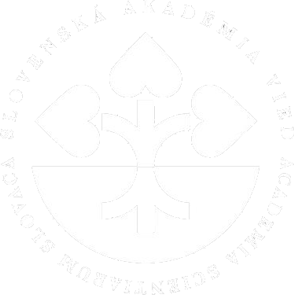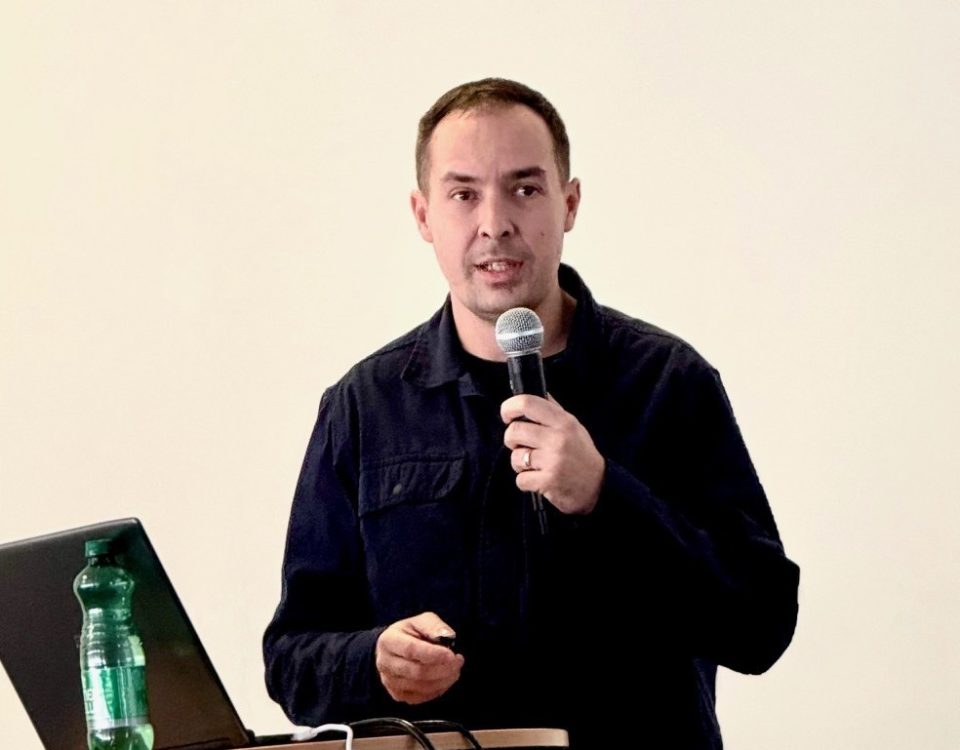This website uses cookies so that we can provide you with the best user experience possible. Cookie information is stored in your browser and performs functions such as recognising you when you return to our website and helping our team to understand which sections of the website you find most interesting and useful.
Scientists from Kosice in Nature Medicine. Will they stop neuronal degeneration in humans as well?
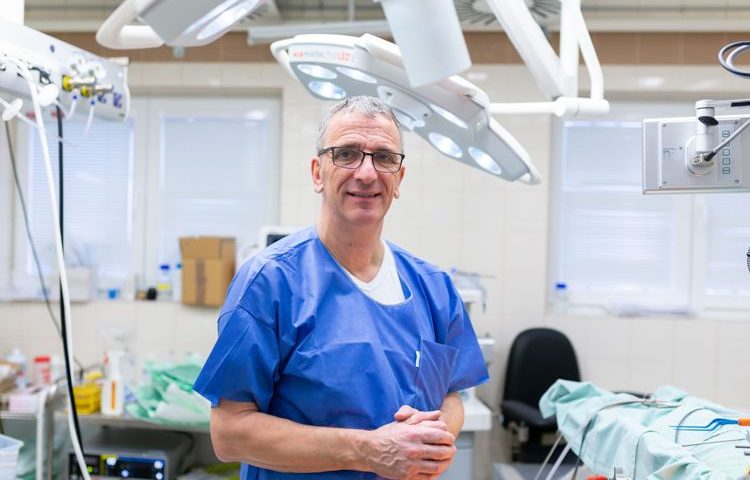
Prof. Martin Maršala v experimentálnej operačnej sále. (zdroj: AV ČR) / Prof. Martin Marsala in experimental surgery room. (source: AS CR)
The latest issue of the prestigious journal Nature Medicine published the results of an international team, which also included researchers from the Kosice Institutes of the Slovak Academy of Sciences, which are of great importance for the potential therapy of hitherto incurable neurodegenerative disease – amyotrophic lateral sclerosis.
The study was created at the University of California San Diego School of Medicine, where the main author of the study and the head of the research team is Professor Martin Marsala, MD from the Department of Anesthesiology at the Faculty of Medicine, UC San Diego. Prof. Martin Marsala started his career at the Institute of Neurobiology of the Slovak Academy of Sciences in Kosice, where he still works as a scientific collaborator and advisor. The Institute of Neurobiology is currently part of the Biomedical Center of the Slovak Academy of Sciences (BMC SAS).
From the Slovakia side on the study collaborated Ivo Vanicky, DVM, PhD. from the Institute of Neurobiology BMC SAS and doc. Ing. Zoltan Tomori, PhD. from the Institute of Experimental Physics SAS.
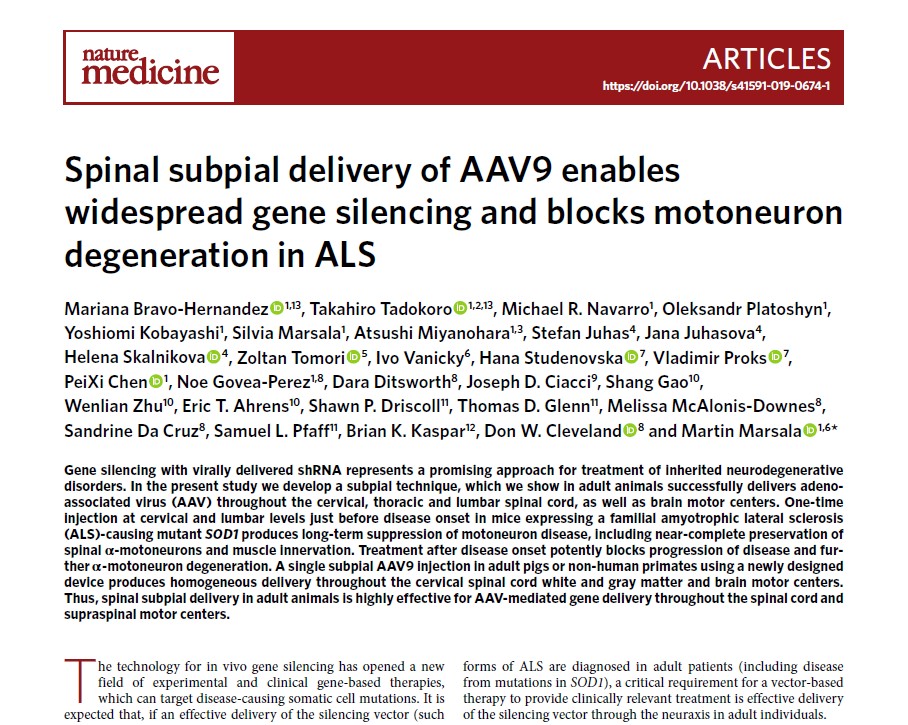
Nature Medicine
What is amyotrophic lateral sclerosis
Amyotrophic lateral sclerosis (ALS) is a neurodegenerative disease that leads to damage to nerve cells in the brain and spinal cord. ALS became known to the public thanks to a social networks challenge “Ice bucket challenge”, where people bathed in ice water and at the same time contributed to research and treatment of this disease. In ALS, motor neurons responsible for movement are particularly affected, with a consequent progressive loss of the ability to control muscles, which affects the ability to speak, eat, move and breathe. Currently, there is only symptomatic treatment for the symptoms of the disease, which most patients succumb to within 2 to 5 years after diagnosis.
There are two forms of ALS, sporadic and familial. The sporadic form is the most common form, accounting for 90 to 95 percent of all cases. It can happen accidentally to anyone.
The familial form of ALS represents 5 to 10 percent of all cases and is transmitted by heredity.
Previous studies show that at least 200 mutations in a gene called SOD1 are associated with ALS. This gene in the cell encodes the production of an enzyme called superoxide dismutase, which the cell uses to break down superoxide radicals – toxic oxygen molecules produced as a by-product of normal cellular processes. Mutations in the SOD1 genes can reduce the efficiency of superoxide radical scavenging, or lead to the formation of other toxic substances that subsequently damage motor nerve cells, leading to ALS.
ALS therapy options
With gene therapy, it is theoretically possible to turn off or suppress the activity of a given gene. In this therapy, it is necessary to apply a virus (vector) to the nervous tissue, which delivers the necessary genetic information to the cell. In previous experiments, intravenous or cerebrospinal fluid administration of such a virus was attempted in mice with early-stage ALS. Such treatment was able to slow the progression of the disease, which, despite treatment, continued and the mice soon died.
The originality of this study is a new approach to how to effectively deliver a virus that can turn off the gene causing ALS. The virus was administered subpially, i. j. under the “pia mater” layer, which is the delicate innermost membrane surrounding the brain and spinal cord. The researchers found that such a single administration of the treatment vector stopped neurodegeneration in mice that had not yet developed ALS symptoms and that showed normal neurological functions without a detectable onset of disease. In adult mice that already had ALS-like symptoms, subpial injection effectively stopped the further development of the disease. In both approaches, the affected mice lived without further negative side effects throughout the study, which lasted up to one year after treatment.
“Currently, this therapeutic approach provides the most effective therapy ever demonstrated in mouse models of ALS associated with mutated SOD1,” said lead author Martin Marsala. “In addition, the efficacy of such treatment in adult animals suggests that the new route of treatment could be effective in the treatment of other neurodegenerative disorders where gene therapy needs to be delivered to spinal cord tissue.”
Contribution of SAS institutes
Any therapy that slows or prevents the loss of nerve cells and nerve fibers can prolong a patient’s life. Thus, the number of functional nerve fibers leading information to muscles is one of the key criteria for the success of therapy. The evaluation of the number and distribution of preserved nerve fibers in the spinal cord and nerves was the task of researchers in the Slovak part of the research team.
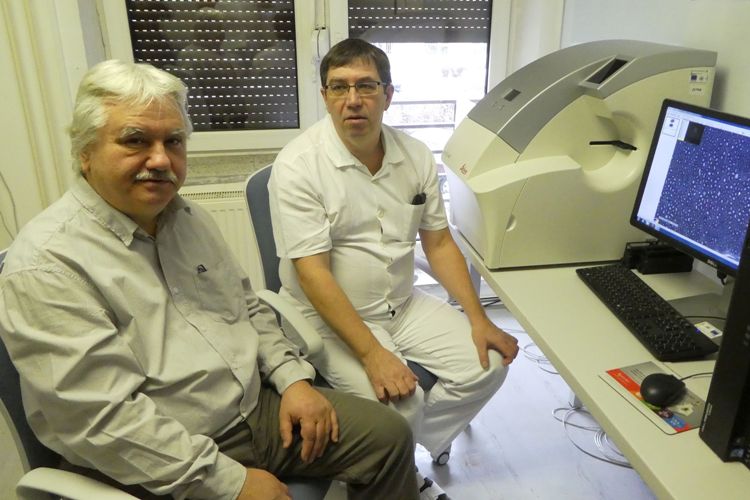
From left to right – doc. Tomori and Dr. Vanicky during the discussion on the method of sample analysis. (source: SAS)
Long-term collaborator and colleague of prof. Marsala from the Institute of Neurobiology BMC SAS in Kosice Ivo Vanicky, DVM, PhD. as part of his research project on peripheral nerve regeneration introduced and optimized a method for staining and identification of fibers in the nerve. He also used this method for tissue samples from the project of prof. Marsala.
Analysis of the number and distribution of thousands of fibers in each spinal cord or nerve sample, of which there were tens in a given experiment, would not be possible without effective tool. Such a tool is specialized software for image analysis NeuroCounter, which was created for the purposes of fiber analysis by doc. Ing. Zoltan Tomori, PhD. from the Institute of Experimental Physics of the Slovak Academy of Sciences in Kosice, which has also been cooperating with Professor Marsala for a longer period. This software tool is freely available to other researchers.
Analysis of the number and distribution of surviving nerve fibers is an important part of the results and arguments of the work, as evidenced by the fact that Dr. Vanicky, doc. Tomori and SAS are part of the author’s team.
Further research
The research team also tested this new procedure in adult pigs whose spinal cord dimensions are similar to those in humans. Using an injection device developed for use in adults, they have found that the procedure can be performed reliably and without surgical complications.
Next steps include safety studies in a large animal model to determine the optimal and safe dose of treatment vector. While no detectable treatment-related side effects were observed in mice more than a year after treatment, it is necessary to define safety limits for treatment in large experimental animals, which is a condition for transferring this treatment to clinical trials.
Acknowledgments
Research was funded by projects of the ALSA Foundation, the Ministry of Education, Youth and Sports of the Czech Republic, the Agency for Research and Development (APVV), the Scientific Grant Agency of the Ministry of Education, Science, Research and Sport of the Slovak Republic, and the Slovak Academy of Sciences (VEGA). Agency of the Czech Republic, the National Institutes of Health (grant R01-EB024015) and the California Institute for Regenerative Medicine (grant LA1-C12-06919).
Links to the text of the publication:
https://www.nature.com/articles/s41591-019-0674-1





